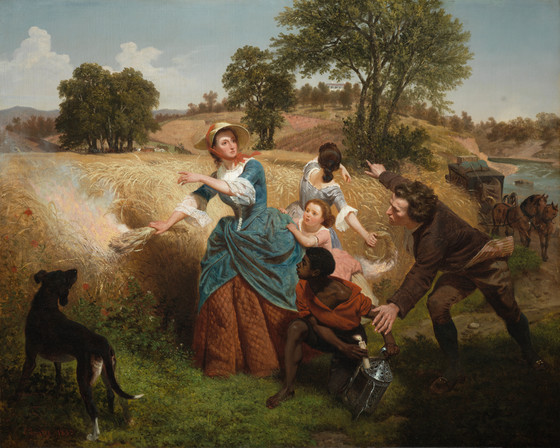Mrs. Schuyler Burning Her Wheat Fields on the Approach of the British

Please log in to add this item to your gallery.
View comments
No comments have been posted yet.
Add a comment
Please log in to add comments.
Please log in to add tags.
* Nearly 20,000 images of artworks the museum believes to be in the public domain are available to download on this site.
Other images may be protected by copyright and other intellectual property rights.
By using any of these images you agree to LACMA's Terms of Use.
Mrs. Schuyler Burning Her Wheat Fields on the Approach of the British
Paintings
Oil on canvas
32 x 40 in. (81.28 x 101.6 cm)
Bicentennial gift of Mr. and Mrs. J. M. Schaaf, Mr. and Mrs. William D. Witherspoon, Mr. and Mrs. Charles C. Shoemaker, and Jo Ann and Julian Ganz, Jr. (M.76.91)
Not currently on public view


